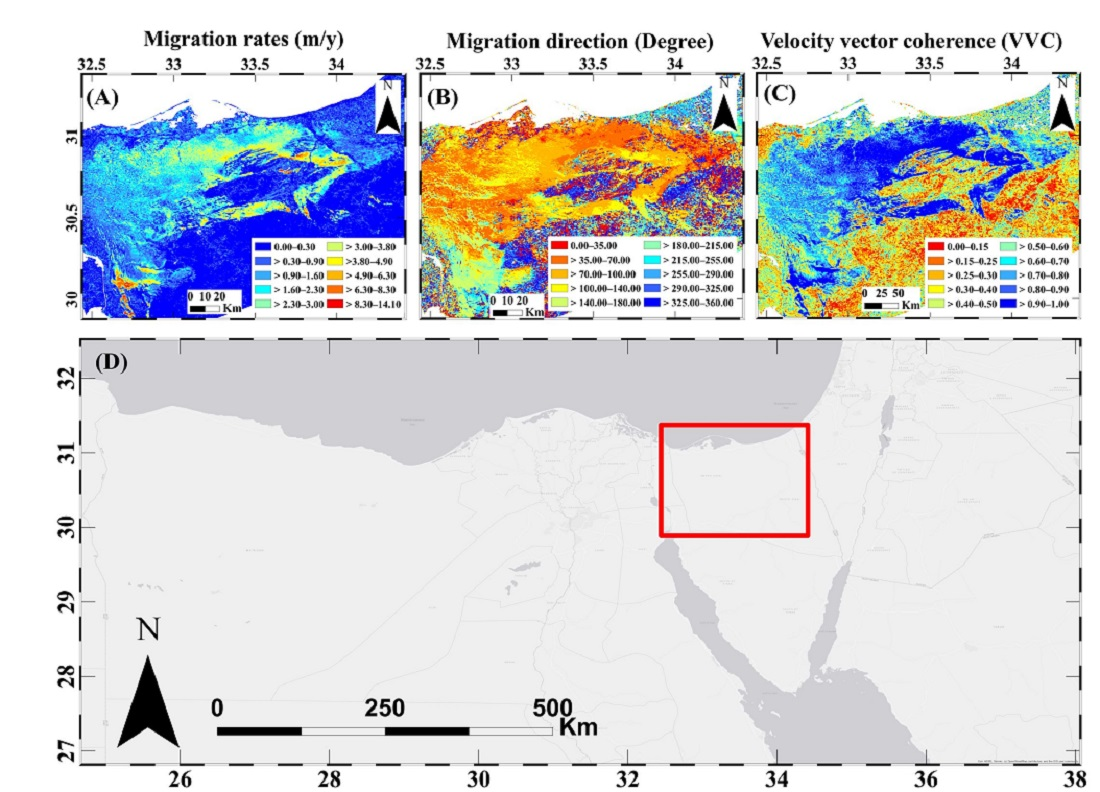

If you do not have a society account or have forgotten your username or password, please contact your society. Do not use an Oxford Academic personal account.
When on the society site, please use the credentials provided by that society. Many societies offer member access to their journals using single sign-on between the society website and Oxford Academic. If you cannot sign in, please contact your librarian. If your institution is not listed or you cannot sign in to your institution’s website, please contact your librarian or administrator.Įnter your library card number to sign in. Following successful sign in, you will be returned to Oxford Academic. When on the institution site, please use the credentials provided by your institution. Select your institution from the list provided, which will take you to your institution's website to sign in. Click Sign in through your institution. Shibboleth / Open Athens technology is used to provide single sign-on between your institution’s website and Oxford Academic. This authentication occurs automatically,Īnd it is not possible to sign out of an IP authenticated account.Ĭhoose this option to get remote access when outside your institution. Typically, access is provided across an institutional network to a range of IP addresses. If you are a member of an institution with an active account, you may be able to access content in the following ways: Get help with access Institutional accessĪccess to restricted content on Oxford Academic is often provided through institutional subscriptions and purchases. crenatus, which occur very locally in the Niedere Tauern area, originate from immigration from the Bosnian mountains. crenatus s.s., which grows on silicates, but also from the calcicolous Apennine endemic R. These populations differ not only from R. The results of our study showed that populations growing on limestone in the Albanian Alps in northern Albania and southern Montenegro are divergent and should be recognized as a new species, Ranunculus bertisceus Kuzmanović, D.Lakušić, Frajman & Schönsw., sp. Specifically, we asked if it comprises only a single, widespread and morphologically variable species or several narrowly distributed species with constant morphology. 
We used complementary molecular methods (sequences of the nuclear ribosomal ITS region and of plastid DNA and amplified fragment length polymorphisms), relative genome size measurements and morphometric analyses to elucidate the relationships in Ranunculus section Leucoranunculus. magellensis has also been suggested to occur in the carbonate ranges of the Albanian Alps, which would render this species amphi-Adriatic.

According to the most recent taxonomic treatment, this section includes Ranunculus crenatus, distributed predominantly in siliceous massifs of the Carpathians and the Balkan Peninsula, but with a highly disjunct partial distribution area in the eastern Alps, and Ranunculus magellensis, which is usually considered a calcicolous endemic of the central Apennines. One of the long-neglected, poorly investigated and unresolved taxonomic problems concerns Apennine and Balkan members of Ranunculus section Leucoranunculus. Reflecting the geographical complexity of these mountain ranges, many European high-mountain species exhibit disjunctions on a variety of geographical scales. Southern European mountain ranges have long been recognized as important hotspots of genetic diversity and areas of high endemism.







 0 kommentar(er)
0 kommentar(er)
